Street photography is a great window into the human condition. Henri Cartier-Bresson, who was one of the founding fathers of modern photojournalism, and often credited with creating the term, The Decisive Moment, captures the eloquence of street photography in his 1957 interview with The Washington Post, he said, “”There is a creative fraction of a second when you are taking a picture. Your eye must see a composition or an expression that life itself offers you, and you must know with intuition when to click the camera. That is the moment the photographer is creative,” he said. “Oop! The Moment! Once you miss it, it is gone forever.”
While Cartier-Bresson was the father of modern street photography, Mo Gelber is a current rising star in this genre of photography. Gelber lives and works in New York City. His street photograph, “Last Kiss”, received international attention last year after he created the photograph of a young couple kissing as they were being led into jail.
Mo describes the scene leading up to this fantastic example of street photography- “On August 16th I saw a commotion in front of manhattan criminal court. Every local news station had a reporter and cameraman outside. Since I always have my camera with me , I decided to join in the fray. They were waiting for Anna Gristina the alleged soccer mom madame. I got a few good shots of her entering the court. The reporters stayed outside thinking she would answer questions at an ad hoc press conference after her court appearance. She slid out a back door, but her lawyer stuck around to talk to the press. While the pack of reporters surrounded the lawyer, I climbed up a pillar next to the court steps to get a wide shot of the scene. Then I noticed these 2 cops bringing a couple in handcuffs toward the courthouse which I think is also central booking. The couple leaned in to have a last kiss before being taken into jail. I snapped this photo quickly and asked the man why he was arrested and he replied “‘for writing on other peoples stuff'”.
What can we, as aspiring street photographers, learn from Mo's description of this chain of events? 1. Be Ready 2. Don't always be looking at (what appears to be) the obvious photographic situation. You can see more of Mo Gelber's work here.
Let's take a look at some more examples of street photography, talk about what works (or what doesn't), and some tips on how to help you get started creating compelling street photographs. A Street Photographer at Work –
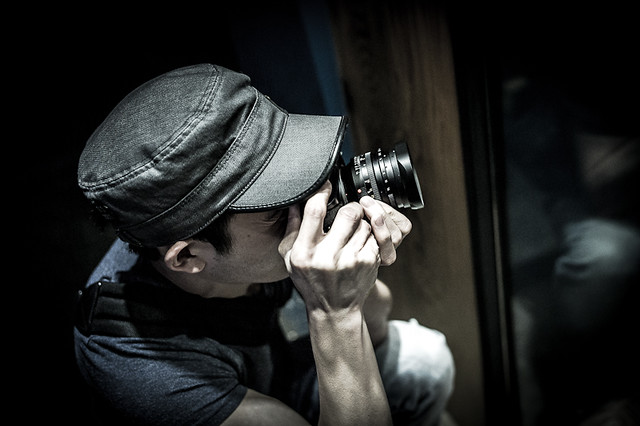
Friend by myDays / S.Lee, on Flickr
When engaging in street photography there are two modes of operation. You can disappear into the crowd, shooting photographs, as those around you are unaware, or, you can use the “in your face” technique, approaching people and snapping their photograph as they are fully aware of what you are doing.
Each style offers potential- and hazards. The stealth mode requires a photographer to remain indistinct: a chameleon that blends in and doesn't draw attention. This generally works best with a smaller camera and lens. Many street photographers turn to rangefinder style cameras and a wide-angle lens for just this reason. These cameras are compact, quiet, and don't draw the attention that a DSLR with a big telephoto lens might. Henri Cartier-Bresson pioneered the use of this type of camera for street work.
Street photography requires speed!

[08_20_2011] Street Photography in Ogden, Utah by Shaun Nelson, on Flickr
If you're not quick, you'll miss the moment, and often get “the hand” waving you off.
The “in your face” method can often be interesting. But be prepared to address your subject(s) as they will often wonder what you are up to. This close interaction between photographer and subject provides an intimacy that can often be uncomfortable for beginning street photographers. It's helpful to carry a small photo album containing examples of your work. Show your potential subject some outstanding examples of your work and that can lead to eased tension, more photographic opportunity, and it gives you an opening to ask for a model release.

album-photos-l-odyssee_1 by ozalee.fr, on Flickr
A small photo album, that can fit in your pocket, will often give you an invite to take pictures on the street.
Street photography has often been used as a means to communicate social commentary. You should stay informed as to what types of gatherings are planned in your area. Large groups of people in protest, or support, of a cause can lead to some of the most interesting street photographs.
You can also use street photography to give your own views on such social issues as drug use or homelessness.
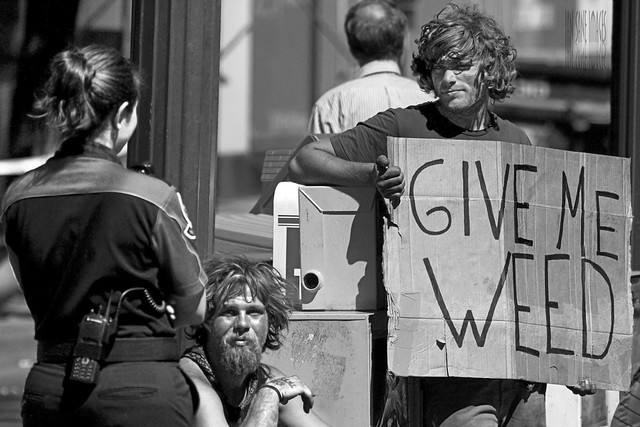
Give Me Weed by Ian Sane, on Flickr
When shooting street photography it's sometimes enough to show a face, or an unusual expression, but when possible try to include storytelling elements that build upon those facial expressions.

[08_13_2011] Street Photography by Shaun Nelson, on Flickr
You can also apply special techniques to give your street photographs that special flair. Try using motion or camera movement to add impact.
To Recap- Here are some valuable pointers for your street photography efforts.
- Travel light and unencumbered – use a small camera body and lens to be less obtrusive
- Practice on your speed. Have your camera settings correct and ready to shoot at a moments notice
- Always use your peripheral vision- sometimes the winning photograph won't occur where the main action is
- Keep up to date on social and political activities in your area – know in advance where the action might occur
- Keep a small photo album in your pocket to provide credibility and purpose to questioning subjects
- Have model releases handy and get them signed if possible
- Look for interesting faces – but don't forget to add storytelling elements
- Use special techniques such as motion and camera blur
- Use the medium to express your own views on life
- Practice the “stealth” technique vs. the “in your face” technique to see what works for you
It's always helpful to study the masters when learning new photographic techniques. Here's a list to get you started.
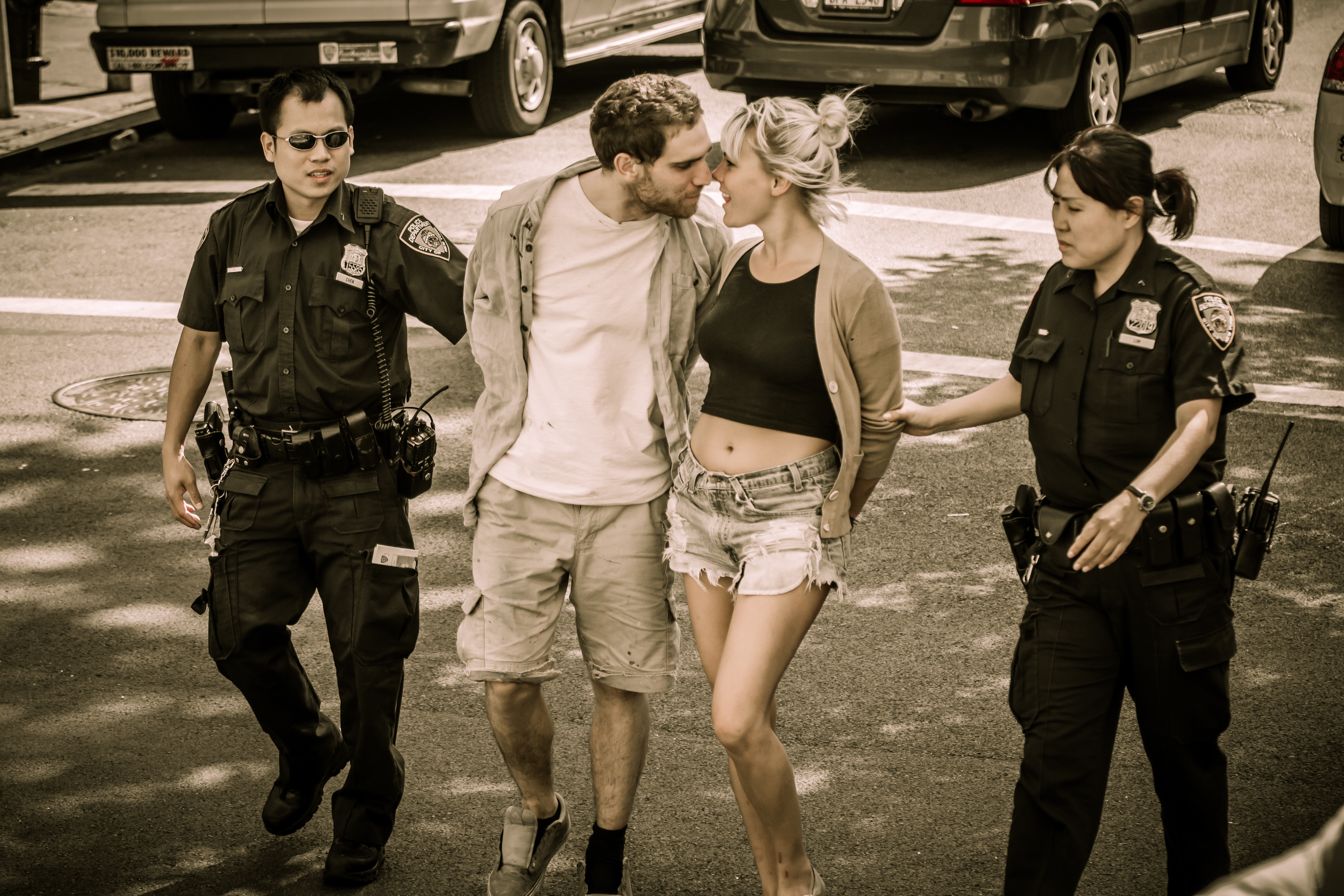

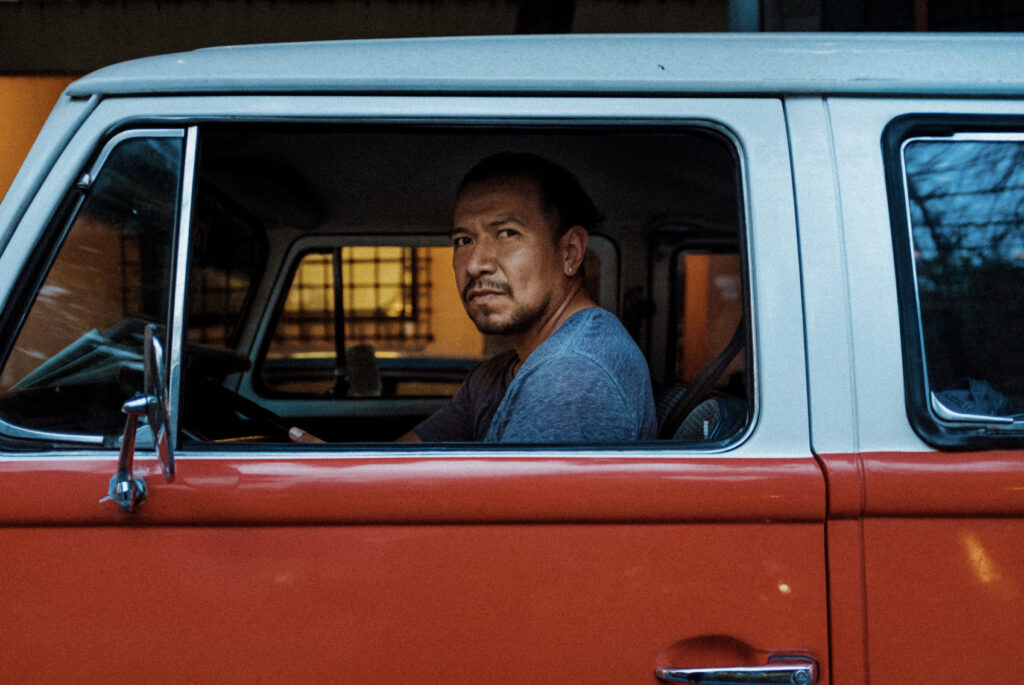
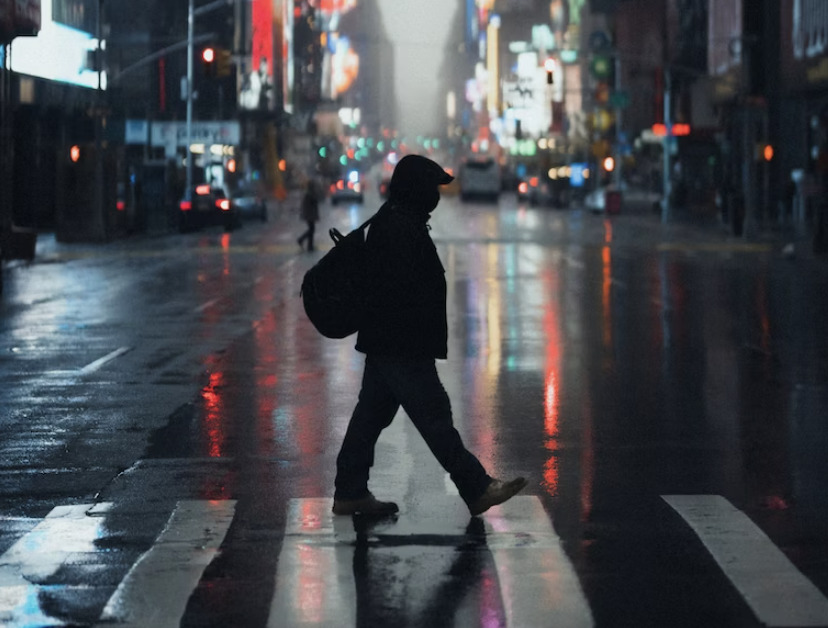
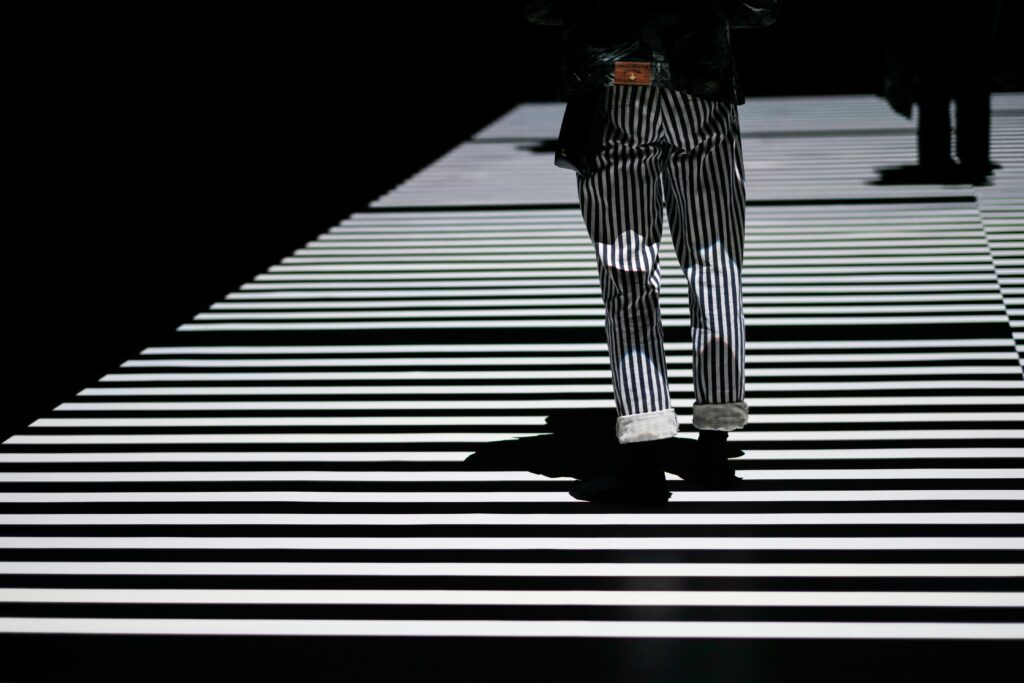
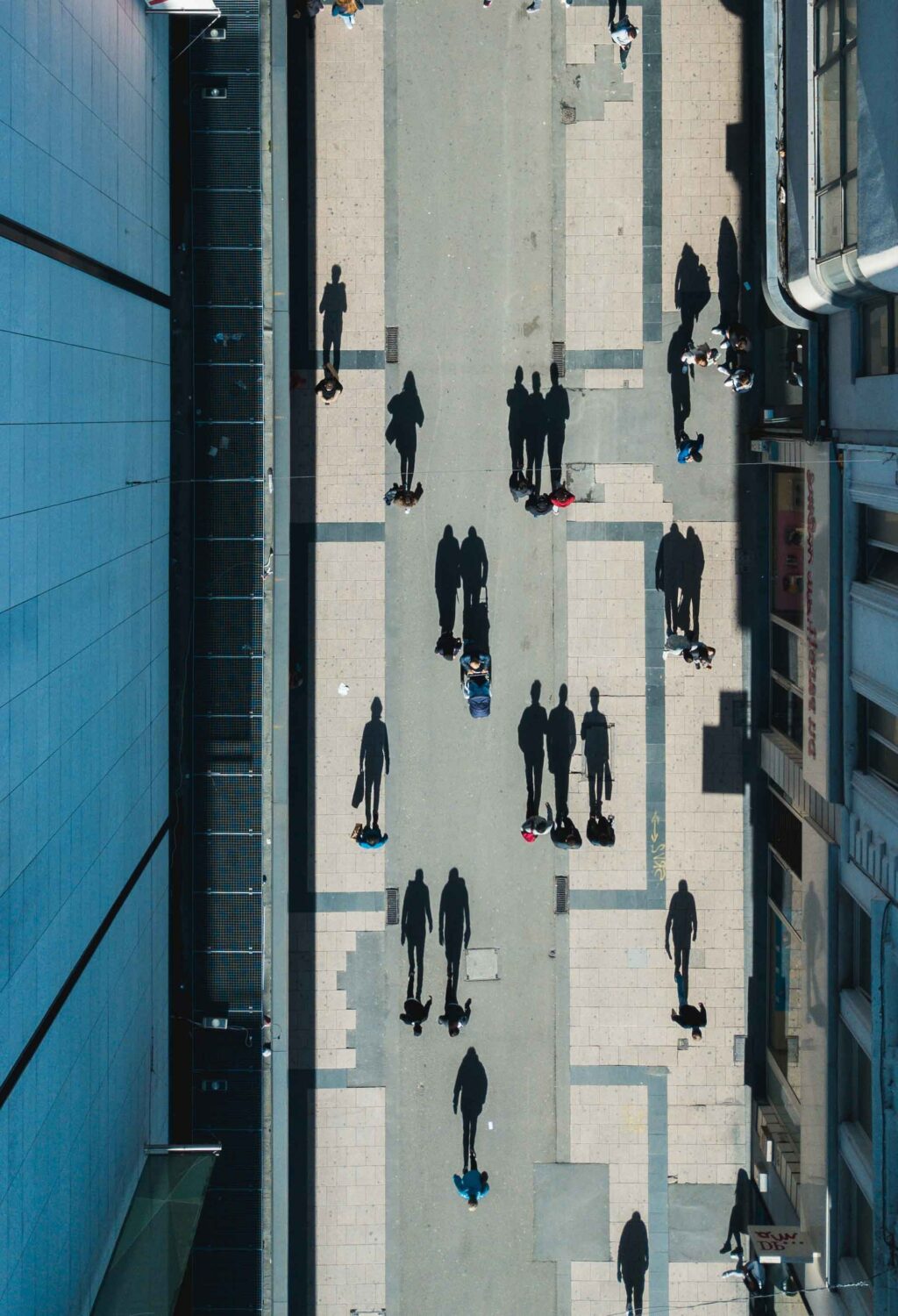
2 Comments
Hi. I don’t really understand your emphasis on getting model release forms. In the UK and I think all of America (correct me if I’m wrong), there is no privacy law and a photographer can photograph anyone in public and use the image for non commercial use without permission from the subject. Whether its ethical or right to do so in all circumstances is another thing! A business card with a link to your blog or flickr feed can put people at ease as well. Interesting read.
Regardless of how good your list is and how noble your intentions are, I guess we can safely say there are no strict check list that can be spot-on on defying street photography in a single article, no matter how well-written it happens to be.
Not even the own definition of what makes a good street photograph follows that, as sometimes, it’s more the name of the photographer than his/her photography that makes their viewers go berserk about their work.
Take the example of some succesful flickr photographers: Okay, most of them do take excellent photographs – no one can deny that. But whatever they post, either a “keeper” or just a blunt snapshot, will always be worth their fans’ admiration and appraisal.
Why? Because said legions of viewers/admirers (whom they’ve usually conquered well deservedly so, one must say) keep coming back for more!
Whatever it is their idols happen to shoot doesn’t actually matter to the bulk of them in the end, as every +99-rated image they have on their will show you.
But who said “justice” has been always done in the world of art? Sometimes is more a matter of who shouts the loudest, or is more conversant into the archane realm of social media publishing.